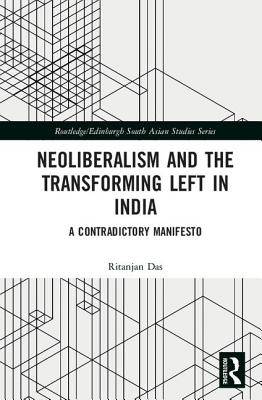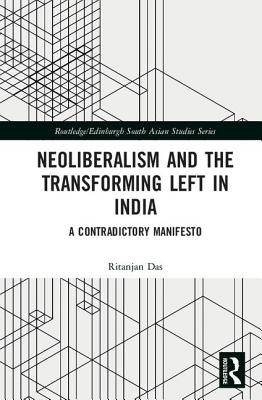
- Afhalen na 1 uur in een winkel met voorraad
- Gratis thuislevering in België vanaf € 30
- Ruim aanbod met 7 miljoen producten
- Afhalen na 1 uur in een winkel met voorraad
- Gratis thuislevering in België vanaf € 30
- Ruim aanbod met 7 miljoen producten
Omschrijving
West Bengal has often been perceived as somewhat of an aberration in the wider context of a rather chaotic Indian democracy, as the Left Front (spearheaded by the Communist Party of India-Marxist, CPIM) demonstrated a rare instance of political stability, decisively winning seven consecutive democratic elections from 1977 to 2006. Its development record has also been substantial, with a focus on land reforms, the panchayati-raj institution, and an agriculture centric development agenda.
This book presents a reappraisal of the political economic history of the CPIM/Left Front regime against the backdrop of the Indian reform experience. It examines two distinct areas: the conditions that necessitated the regime to engineer a transition from an erstwhile agricultural-based growth model to a more pro-market economic agenda post-1991, and the political strategy employed to manage such a transition, attract private capital and at the same time sustain the regime's traditional rhetoric and partisan character. In order to develop a more textured understanding of the recent political developments in West Bengal, the author applies a historically nuanced and inductive political-economic analysis, which draws on published materials, and primary material such as government documents and interviews (with bureaucrats, political activists, members of the intelligentsia and ministers).
A valuable contribution to the ongoing debate in the literature on the drifts underway with the Indian Left and India's economic transformation post-1990s, this book will be of interest to academics in the field of Political Science, Government, Political Economy and South Asian Studies.
Specificaties
Betrokkenen
- Auteur(s):
- Uitgeverij:
Inhoud
- Aantal bladzijden:
- 242
- Taal:
- Engels
- Reeks:
Eigenschappen
- Productcode (EAN):
- 9781138732292
- Verschijningsdatum:
- 30/10/2017
- Uitvoering:
- Hardcover
- Formaat:
- Genaaid
- Afmetingen:
- 156 mm x 233 mm
- Gewicht:
- 609 g

Alleen bij Standaard Boekhandel
Beoordelingen
We publiceren alleen reviews die voldoen aan de voorwaarden voor reviews. Bekijk onze voorwaarden voor reviews.











